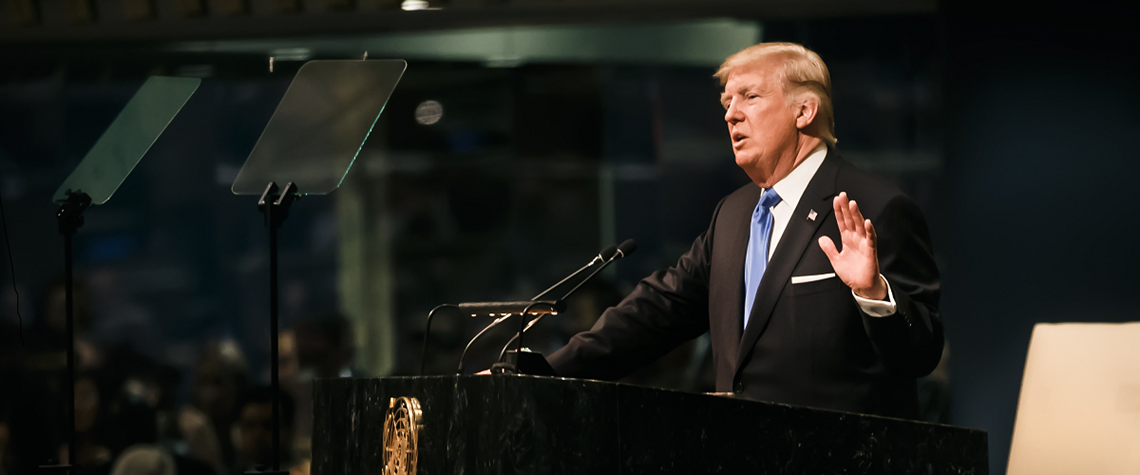The anatomy of a 'supply crunch'
Market forces, Trump's tweets and the latest Opec+ agreement have helped shape global supply in recent months
Early this summer, Opec scrapped its commitment to supply restraint, reversing a long-held policy of keeping markets tight as part of an effort to maintain a price floor. US President Donald Trump had turned up the pressure on the organisation's heavyweights through a series of tweets. "Oil prices are too high, Opec is at it again. Not good!" he Tweeted. Saudi Arabia, for its part, affirmed it would raise output, as crude oil prices reached heights not seen since the heady days of 2014. On the face of it, Trump appeared to have succeeded in twisting Riyadh’s arm to release more barrels onto the market and take the edge off prices surging past $80 a barrel. An Opec ministerial meeting in V

Also in this section
5 December 2025
Mistaken assumptions around an oil bull run that never happened are a warning over the talk of a supply glut
4 December 2025
Time is running out for Lukoil and Rosneft to divest international assets that will be mostly rendered useless to them when the US sanctions deadline arrives in mid-December
3 December 2025
Aramco’s pursuit of $30b in US gas partnerships marks a strategic pivot. The US gains capital and certainty; Saudi Arabia gains access, flexibility and a new export future
2 December 2025
The interplay between OPEC+, China and the US will define oil markets throughout 2026







